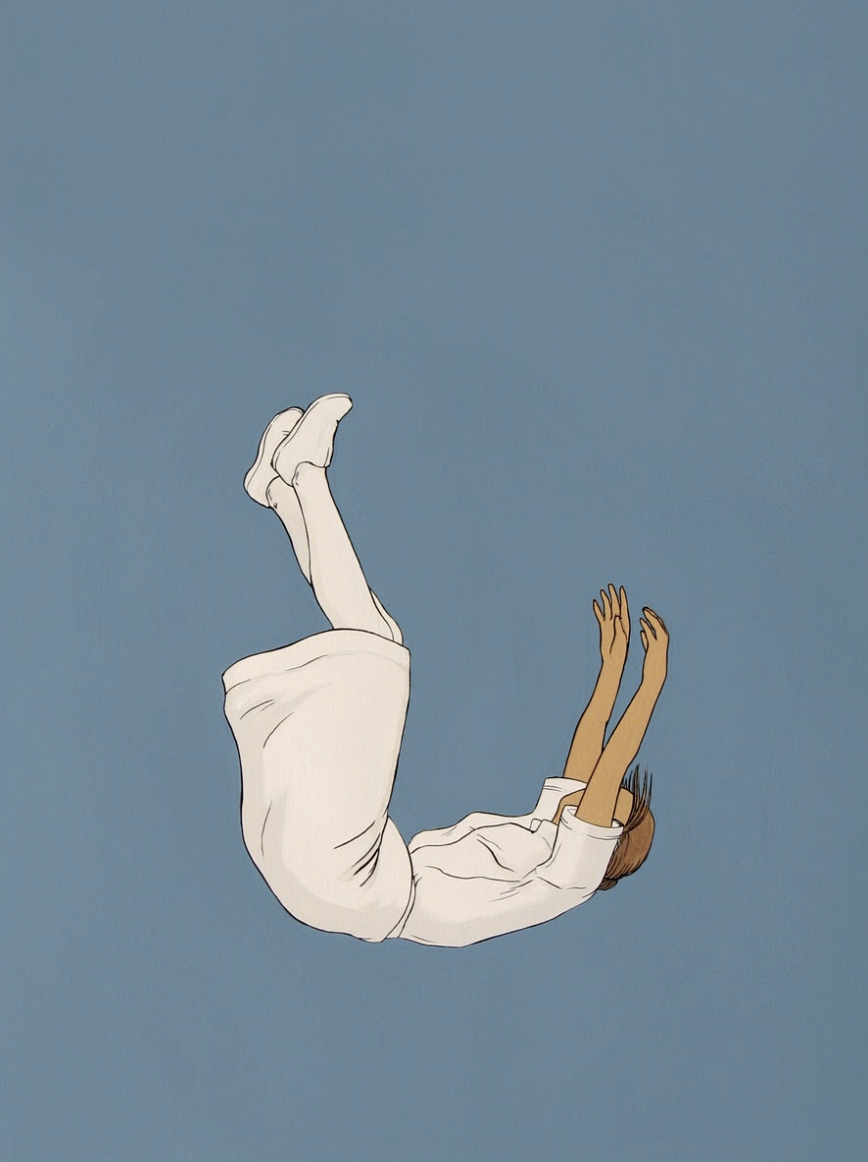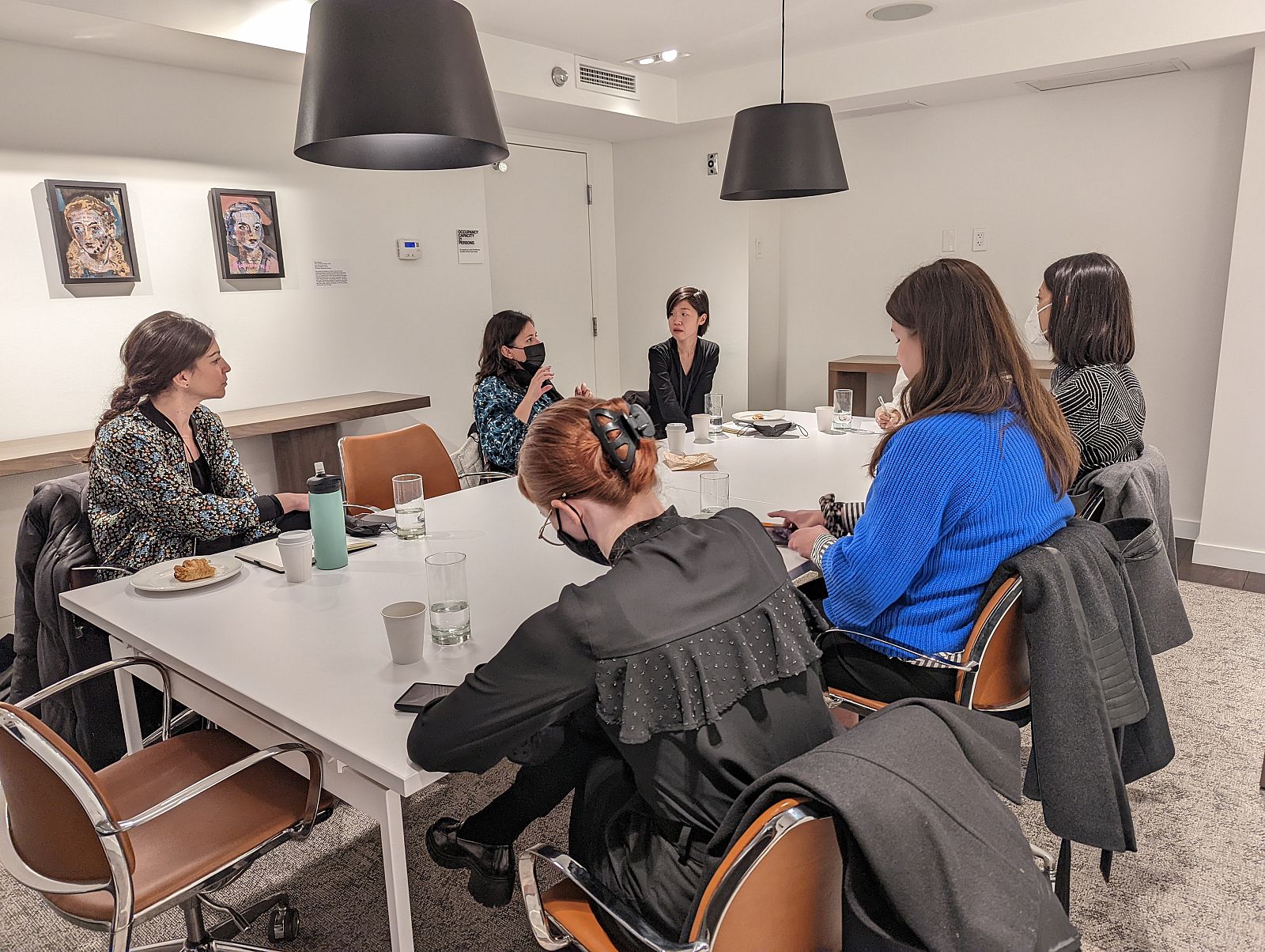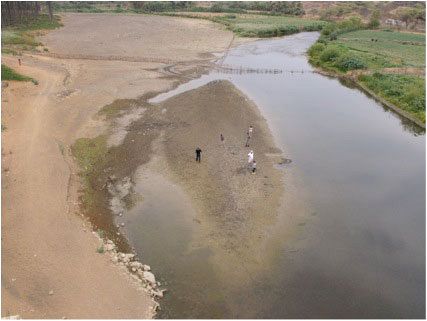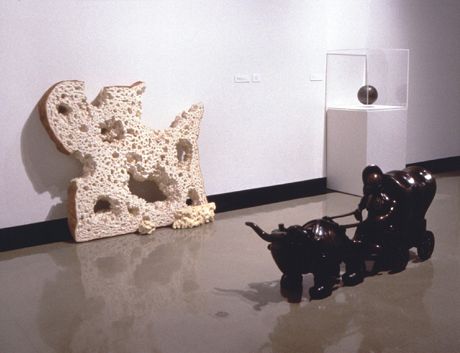Curator Aline Shkurovich developed this proposal during the 2015 Curatorial Intensive in Bogotá.
Researching the photographic practices in Latin America within the past ten years, anti-retrato has identified the recurring artistic strategies, using denial as a means to express the urge for representation, which is as old as human kind. Humans have always felt the need to look at themselves and those around them, while leaving a record of that process. Portraits have been around since the beginning of time as a way to describe physical features, as well as expressions, personality, and psychological and emotional aspects of a person, their status and power, their mere existence.
From the long exposure sittings inside the studio at the origins of the medium, to the candid, almost reckless automatism of the selfie, the portrait is one of photography’s most popular genres. Charles Baudelaire set the boundaries of portraiture to the human face since it is the part of the body that can show the highest number of emotions, but hidden in one’s face is always a game between revealing and concealing.
Anti-retrato stands on the paradoxical exercise to show information which at the same time has been taken away or obscured. With this in mind, a portrait as a revealer of identity falls short and serves more as a suggestion than a fact. The selected artists use portraits as a symbolic “tool-object” to comment on the different meanings and interpretations an image can have when subtracting the features of a face. Some of the explorations raise political, conceptual and ontological questions: for these artists, making a portrait is a reflexive process not only of identity but also of representation. What are the limits of representation? What is the flexibility of ideas?
Amongst my selection of artists, Paraguayan Fredi Casco and Mexican artists Iñaki Bonillas and Gabriel de la Mora appropriate images from archives to build their body of work, questioning notions of authorship. Casco highlights the permeability of the medium by incorporating digital collage and drawing − problematizing not only the content of the depicted scene but also questioning the veracity embedded in a document. De la Mora brings attention to the materiality of the image by considering the surface of the print. He observes light as an elemental component of a photograph, but it is the process of vanishing and decay, emphasized in his pieces, where the artist poetically presents time as a quintessential element of photography. José Castrellón from Panama, with his series antiretrato, questions his profession as a studio photographer and the role of both maker and poser. Colombian artists Catalina Toro and Camila Botero, both from Medellin, are working around the idea of violence related to drug trafficking; they present the anonymity of opposite characters in the same conflict: neither victim nor perpetrator can or want to show their face.
Narrowing artistic production under the criteria of time and space in order to define any identity is as limited as using facial features to identify its beholder. It seems similar to the Buddhist notion of the non-self: to unidentify with the characteristics that refer to an individual by describing its condition of identity, to observe the constant flux of permutation and change of states and circumstances that surround him/her, is insufficient to understand its primordial essence.
What I propose as a conclusion is to use the conceptual and curatorial exercise of anti-retrato to deny that there is only one Latin-American identity.
A face that is hidden is a “non face” and at the same time all possible faces. In the end, the essence of a portrait has more to do with enigma than with certainty.
Learn More
To learn more about this proposal please email Aline Shkurovich at alineshkurovich@gmail.com. To learn more about the Curatorial Intensive email info@curatorsintl.org.






